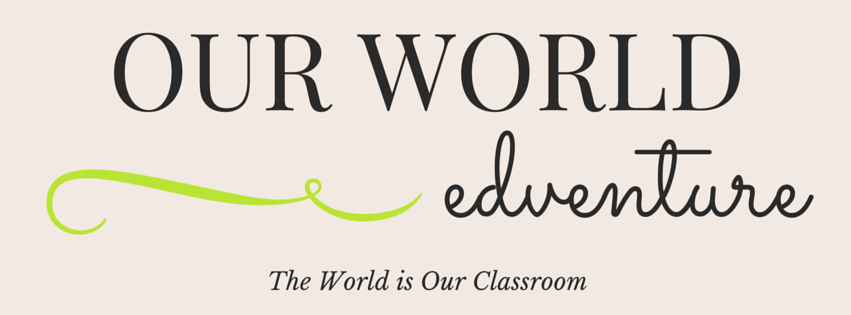On Tues, Oct 25th, 2016 Kristijan Kovacic took us to visit the Krizovec Visitor Center to receive an orientation to the Regional Park of Mura-Drava in Medjimurje, Croatia. Medjimurje is in the far north of Croatia on the border of Slovinia. The visitor center is in a 200 year old house that was once used by the area forester, for a period as a school, and now used by the nature preservation center. There are only 10 nature reserve visitor education centers in Croatia. It is a reminder to us to treasure and support nature centers in the United States, rather than just pass them by – they really are something every society should support in order to educate people about the natural environment.

Siniša Golub, naturalist and parks advocate, explained that the park covers 877 square kilometers which makes it the largest park in European protected areas with low-land rivers.

Interestingly, Siniša is trying to visit all the National Parks in America and even showed us the trailer for the new movie “National Parks Adventure” narrated by Robert Redford that is being shown on IMAX. Siniša is passionate about showing Croatians the example of American national parks to inspire more land in Croatia being preserved.

The Regional Park of Mura-Drava in Croatia sits between two rivers, the northern Mura River and the southern Drava River. The rivers meet up with the Danube River in Serbia and finally drain into the Black Sea. The two rivers blend together at their confluence. The cloudy, slow moving Mura, and the clear, faster moving Drava, blend together like a European Amazon. Siniša describes their confluence as an ever changing water color. Here is a picture of the Mura river:

The rivers and park function as a huge reserve for migratory birds. Beavers that were lost to the area 100 years ago began to be reintroduced 20 years ago because of their importance to the ecosystem of the rivers. Wolves were destroyed over 150 years ago but have not been introduced again. Here is a picture of the Drava River:

For many years, Croatia was in between the iron curtain of Russia and most of Eastern Europe. This gave time for wildlife and vegetation to develop without destruction from industrialization.
However, manmade power plants were placed along the rivers and huge lakes were created to store the water needed for hydroelectric power during the dry season. This destroyed much of the natural environment and the normal free flowing rivers. These are some of the largest river lakes used for the production of electricity in Eastern Europe.
There would have been even larger power plants built, but the war came in 1991 when Serbia attacked and the once united Yugoslavia was broken apart. It later became six independent countries of Slovenia, Croatia, Bosnia, Serbia, Montenegro and Macedonia.
Thankfully, the government determined it was wise to preserve the Mura Drava park that runs all the way to the Danube. By protecting these beautiful winding rivers they were able to prevent some of the negative effects of industry. (However, they cannot control what Austria does further upstream.)
Their logo, pictured below, shows land between two rivers in perfect balance.

Private agricultural land covers a considerable part of the parks area. Parcels of family farmland become smaller and smaller as children inherit small farms. There are consequences of this phenomenon:
- Poor economy because individual farmers don’t have enough land to expand.
- Some families build vacation homes on farm land because they can’t make it by farming.
- Invasive species such as ragweed and black locust take over and ruin the farm land.
There is another reason for the changing economy and relationship to the land in Croatia: children leaving the home and not returning to farming. Forty years ago people built large homes in order to house three generations under one roof. But as later generations travel and relocate to other areas, their parents have a hard time maintaining the bills for the maintenance of their large homes.
Also, because governments and farmers want to define their land, rivers are not always allowed to meander the way they naturally do. Rivers will create natural turns called “Oxbow areas” that become an important part of the ecosystem. Here is a picture of an Oxbow area:

Sand Martin birds that nest in the steep mud shores of the river can eat 10,000 mosquitoes a day! But as governments and farmers installed stone walls along rivers to control the path of the river, the unintended consequence is the birds didn’t have access to their nesting grounds. The nature center is teaching people that instead of spraying for mosquitoes, proper river management could ensure the natural mitigation of mosquitoes from their natural predators.
We also visited the Sveti Martin na Muri and the reconstructed floating mill in Zabnik.

These floating mills from the early 1900’s could be moved along the river and used to power flour operations. The Old water mill photo shows the structure of the family in the early 1900’s.

There once was 90 floating water mills used for wheat processing to make flour in the area. Now there is only one water mill and it is purely a historic education site.

One industry that has really brought economic stability to Medimurje are the vineyards along the new “Wine Road.” Here is a panoramic of the area:

And our family jumping for joy in the Croatian wine country:

This wine region is know for fresh and fruity white wines and some red wines are beginning to be cultivated. We visited the Jakopic estate and tasted Sauvignon, Riesling, Rose, and Muscat. www.vina-jakopic.hr

For more information about Mura-Drava, contact Siniša Golub, at www.golubs.info







Leave a Reply